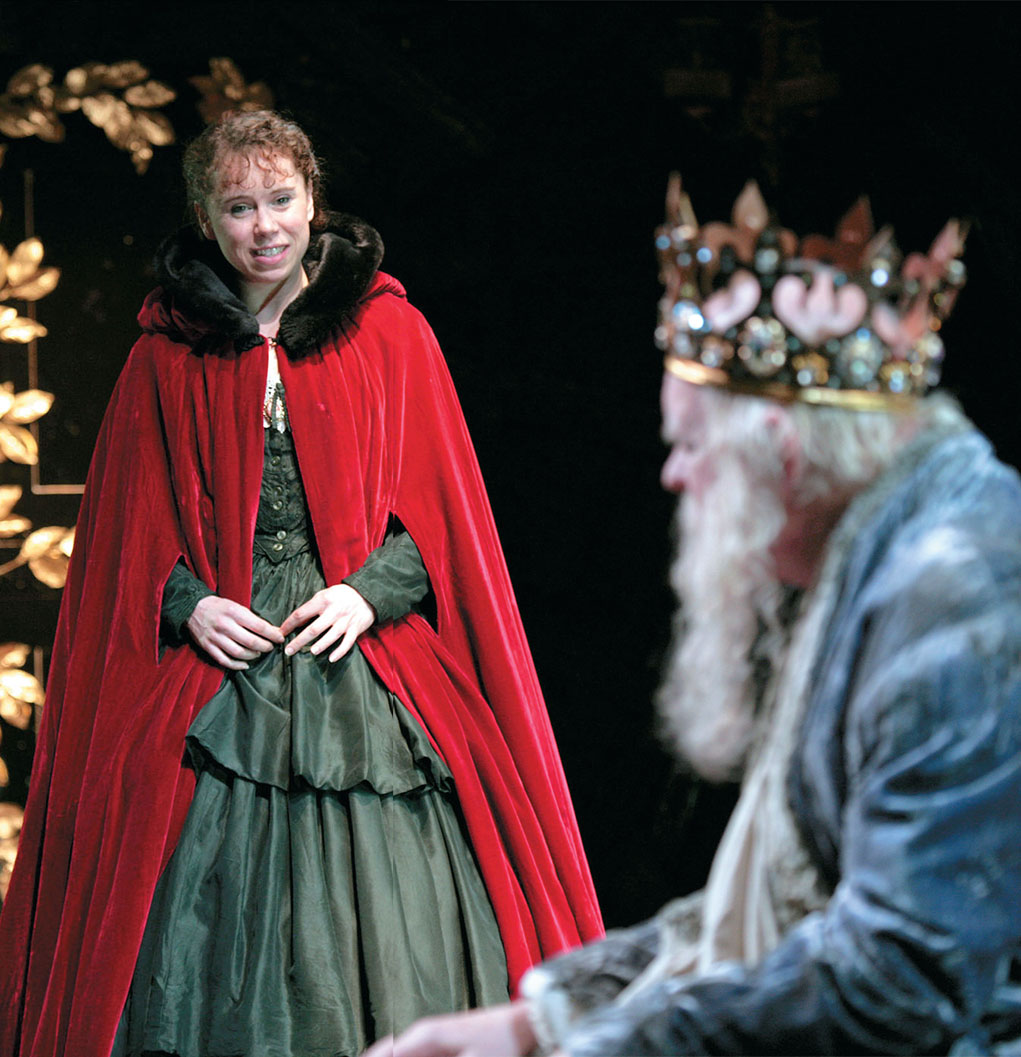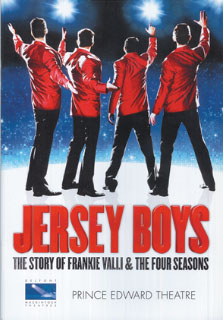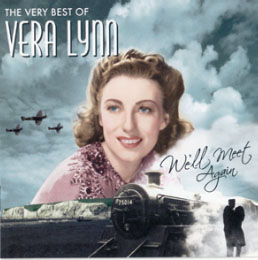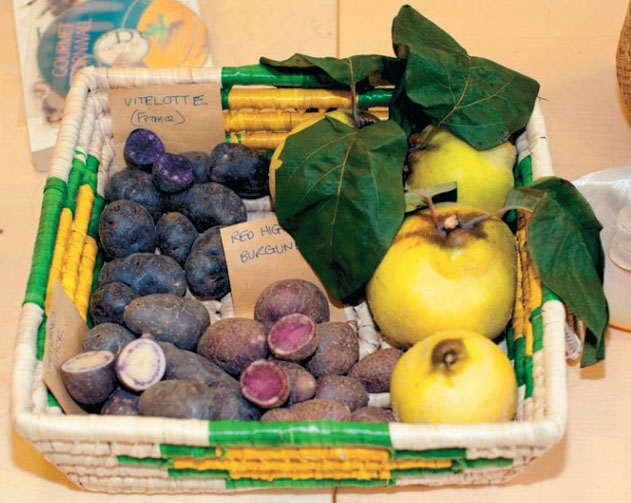
National Theatre Live!
THEATER
Phedre All’s Well That Ends Well
Broadcast live from the Olivier Theatre to a cinema near you.
Stay tuned for coming productions of National Theatre Live at www.nationaltheatre.org.uk.
IN 2009 London’s National Theatre followed the example of New York’s Metropolitan Opera and began broadcasting live productions from its stages to movie theaters all over the world. These broadcasts allow people who cannot see a performance at the prestigious National with its three separate theaters still to view some of their productions.
It seemed promising in the abstract, but would it be theater or film or some combination of the two? What should moviegoers expect, and what is all the hoopla about if indeed it would be like watching a movie?
The National’s first attempt at a “live” production was with Racine’s Phedre in July 2009 which was broadcast from the traditional proscenium stage of its Lyttelton Theatre. Helen Mirren starred, and the production was shown in high definition at 70 cinemas in the United Kingdom and 200 around the world—to generally very good reviews.
I then saw the National’s second “live” production in October 2009 in New York City at one of three movie houses airing it in the area. This production presented a bigger technical challenge than Phedre, as much preparatory time was spent on deciding where to place the high definition cameras and at what angles because of the vastness of the National’s Olivier stage and the gothic drama of the dark set design. The Olivier is the largest of the three theaters at the National and accommodates an audience of over 1,100 people.
The play chosen for this second National Theatre Live production was William Shakespeare’s All’s Well That Ends Well, a comedy with dark undercurrents. Director Marianne Elliott makes the most of the fairytale qualities of the play, even dressing Helena, a main character, in a red cape reminiscent of Little Red Riding Hood. Scenes end with black shadow box imagery as the audience is transported to a magical world.
The story centers around a young nobleman named Bertram and the orphaned commoner Helena. Helena loves Bertram, but Bertram is not interested as this upside down fairy tale unfolds against a background of sexism, snobbery and generational warfare. Eventually the play lives up to its title and “ends well.”
The acting across the board was superb with veteran stalwarts like Oliver Ford Davies as the King of France and Claire Higgins as The Countess of Rossillion setting the bar high for the younger actors, who rose to meet the challenge.
While the high definition cameras switch from close-ups to distant shots, unlike in movies the images are not flat. Even the smallest details come alive, as I could almost feel the lustrous fabric of Helena’s dress and the smoothness of her red velvet cloak. The play was shown in two acts, with an interview with the artistic director of the National before it began. During the interval a large clock counted down on screen how many minutes remained before Act II began, as the live audience within the National were also shown having their intermission.
National Theatre Live productions in 2010 will include two new plays. Nation is scheduled to be shown around the world in January. It is based on the young adult novel by Terry Pratchett that tells the story of characters on a desert island who recreate civilization. Then in April, Alan Bennett’s The Habit of Art explores an imaginary meeting between the poet W.H. Auden and the composer Benjamin Britten, who had been friends and collaborators at one time. The dates and venues for these upcoming productions can be found on the National Theatre’s excellent website at www.nationaltheatre.org.uk.
[caption id="BeyondtheBookshelf_img1" align="aligncenter" width="932"]

CATHERINE ASHMORE
Overall the National Theatre has done a superb job with its first two live productions. It was only at the end of All’s Well That Ends Well as the actors took their bows and we watched the audience on screen within the National Theatre showing their appreciation with applause that I felt that I was on the outside looking in.
At $20 a ticket it is a more expensive evening than a regular movie, but then again it is certainly less costly than a theater ticket. The broadcasts are not ongoing, but only aired on a few specific dates. Finally, these telecasts are definitely not a substitute for experiencing a live performance at the National Theatre. If you can’t get to London, though, this is the next best thing.
—Jennifer Dorn
[caption id="BeyondtheBookshelf_img2" align="aligncenter" width="1021"]

SIMON ANNAND
Big Girls Don’t Cry y y!
THEATER
Jersey Boys
Prince Edward Theatre Old Compton Street London W1D 4HS www.delfontmackintosh.co.uk
[caption id="BeyondtheBookshelf_img3" align="alignright" width="223"]

FOR YEARS in London I conscientiously devoted myself to seeing particularly British musical theater—Me and My Girl, My Fair Lady, Blood Brothers and the like. That determination weakened over the years, and to no more worthy an end than Jersey Boys. After all, Frankie Valli and the Four Seasons indeed may have been Jersey boys, but they belong to the world and the ages.
If you happen to be of my certain age, the music of The Four Seasons was as much a part of the Sixties scene as were the Beach Boys and the British Invasion. As the show makes explicit, however, while the Beatles were part of a social movement, the Jersey boys were just what they appeared—four working class kids from the tough environment of urban northern New Jersey. And the fans of their music were just like them, blue-collar kids who could identify with the subtle angst and longing that the music expressed.
The short review is this: Jersey Boys has won every theatrical award for which it has been eligible, and the awards are well deserved. There have been a number of successful shows in recent years built upon the musical catalog of popular musicians (Mamma Mia quite notably, for instance). Jersey Boys is different, however, for this is the behind-the-scenes story of the Four Seasons themselves, told through the eyes of each of the members: frontman and lead singer Frankie Valli, songwriter and keyboardist Bob Gaudio, guitarist Tommy DeVito and bassist Nick Massi.
The story line follows the four seasons of the group, from the fits and starts of their spring and the explosive discovery of their unique sound to the winter of their reunion after many years for the group’s 1990 induction into the Rock and Roll Hall of Fame. The music is all here, as glorious as ever: “Sherry,” “Big Girls Don’t Cry,” “Oh, What a Night,” “My Eyes Adored You,” “Dawn, Go Away,” “Can’t Take My Eyes Off You” and so many more hits that role nostalgically over the audience. The show is as poignant as it is true, on several levels. A superb British cast succeeds in making you forget that they are Brits, with great north Jersey accents and the edge that goes with it.
By all means, the next time you’re in London, take the night off and head back to Newark and Belleville. It is indeed a timeless journey, and Jersey Boys will be playing for years.
—Dana Huntley
“The Forces Sweetheart” Sings Again
CD
The Very Best of Vera Lynn
Vera Lynn, Decca Records, Universal Music Company, 2009. Available on Amazon.com.
[caption id="BeyondtheBookshelf_img4" align="alignright" width="258"]

YES, in October, this remastering and rerelease of Vera Lynn’s classic World War II-era recordings hit No. 1 on the British album charts. As the 60th anniversary of the beginning of the war passed this autumn, the timing of the album’s release apparently hit a tidal wave of nostalgia for the era when Vera Lynn gave musical voice to the hopes of the nation. She wasn’t “the Forces Sweetheart” for nothing.
All the great Vera Lynn classics are included among the 20 tracks on this album: “The White Cliffs of Dover,” “Harbor Lights,” “You Belong to Me,” “As Time Goes By,” “Somewhere Along the Way,” “We’ll Meet Again” and many other familiar favorites. Digitally doctored, the result is much higher quality recordings than were ever available a dozen generations or more ago of recorded music.
No, you probably haven’t really heard Vera Lynn’s voice if you have not heard these magnificent tracks. It is impossible to listen to her style these poignant, dated classics without being drawn back to the era and the society that they reflect so well. Lynn’s was a voice for the music: so sad, so hopeful, so lovely. Dame Vera certainly deserved to be No. 1.
Oxford Symposium on Food and Cookery
THERE CAN BE few occasions when dinner in Hall at an Oxford college thrums to a merrier hubbub of conversation, or a more enticing array of food, than at the annual Oxford Symposium on Food and Cookery at St. Catherine’s College. Symposiasts come from around the world, some to present papers or to chair panels, others to study a favorite topic, yet others to publicize books, but most importantly, everyone loves to talk about anything and everything to do with food.
More than 200 assembled in September, 2009 to discuss Food and Language. It elicited papers on topics as diverse as the changing layout of recipes since the 14th century, the language of food in the Talmud and the difficulties of describing taste and flavor sensations. All that may sound fascinating, but perhaps slightly solemn. Though solemnity plays little part in the symposium, seriousness does.
In 1978 the historian and philosopher Theodore Zeldin invited Alan Davidson, a former diplomat turned publisher, to give a seminar on food at St. Antony’s College. That seminar gave birth to the Symposium. At first it involved no more than a handful of British food writers and academics. Nourished by their energy, it grew fast in both numbers and prestige.
While it’s hard to over-praise the many writers, publishers, academics and gastronomes whose work fostered the symposium, clearly the times were right for it. By the mid-1970s pioneers such as Julia Child in America and Elizabeth David and Jane Grigson in Britain had taught their audiences better ways of cooking. They had specialties: Julia Child focused on French cooking; Elizabeth David on French and Italian, then later on British food; Alan Davidson on fish. In contrast, the strength of the Symposium is its devotion all aspects of food and cooking.
Each year the agenda spotlights one topic, but they alternate between a tightly focused topic one year and something more general the next, so the Symposium becomes neither painfully narrow nor baggily wide. The 2008 topic was Vegetables, while 2009’s was Food and Language—an open-ended subject susceptible to interpretation. For 2010 the theme is Cured, Smoked and Fermented Foods.
Naturally, people with an intelligent in interest in food are going to love to eat. The 2009 Symposium feasted them royally. First came a Samuel Pepys Dinner created for Harlan Walker, longtime organizer of the Symposium. Fergus Henderson, chef of St. John Restaurant in London masterminded this meal, which included pickled anchovies, venison pie, roast quail and mutton in caper sauce. The dessert was a spectacular flamed jelly in honor of a similar dish Pepys noted in his Diary.
[caption id="BeyondtheBookshelf_img5" align="aligncenter" width="631"]

©NICHOLAS ATKINS
[caption id="BeyondtheBookshelf_img6" align="aligncenter" width="631"]

©NICHOLAS ATKINS
The next day, a Turkish lunch was followed by an elegant French dinner created by Raymond Blanc of Le Manoir aux Quat’ Saisons. A raw Tomato Essence was followed by a delectable confit of salmon topped with caviar, braised ox cheek with autumn vegetables, then French cheeses and an ethereal dessert of apple and cider mousse.
Toothsome memories of these meals and their carefully chosen wines accompanied the departing symposiasts. But most heart-warmingly they would have felt the geniality among both new attendees and those who have long made the Symposium the jewel in their calendar.
St. Catherine’s College can accommodate just over 200 people at the Symposium. Early registration is important. The next Symposium takes place on July 9-11. For more information, contact the website: www.oxfordsymposium.org.uk.
—Claire Hopley





Comments